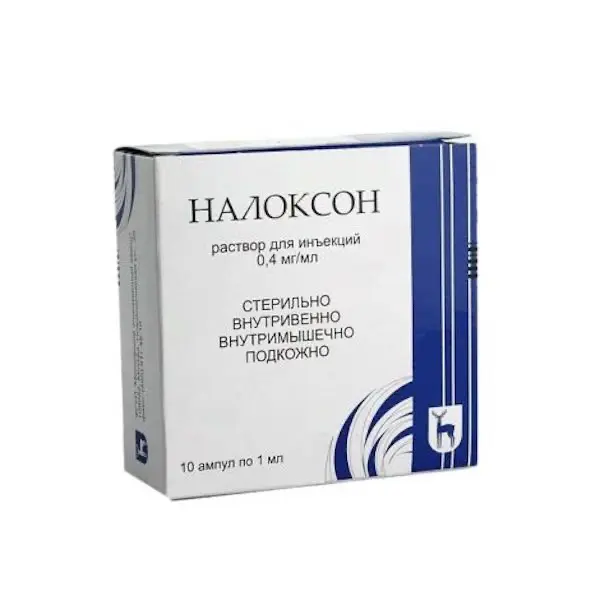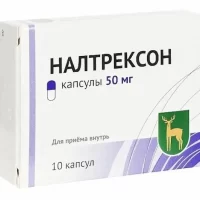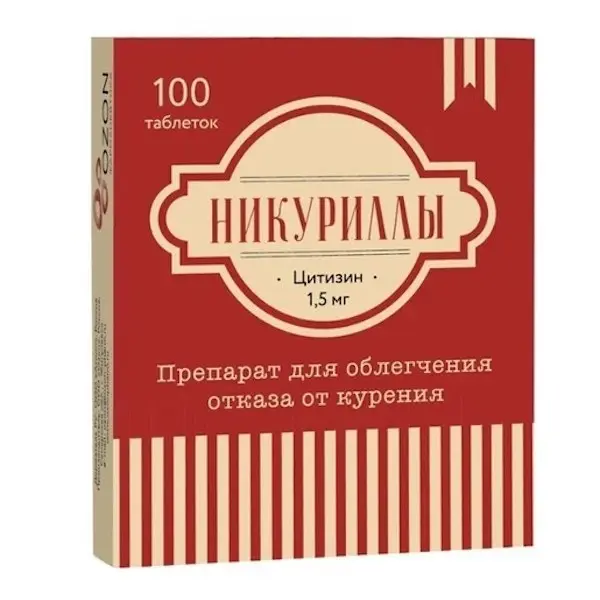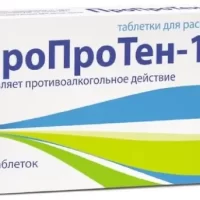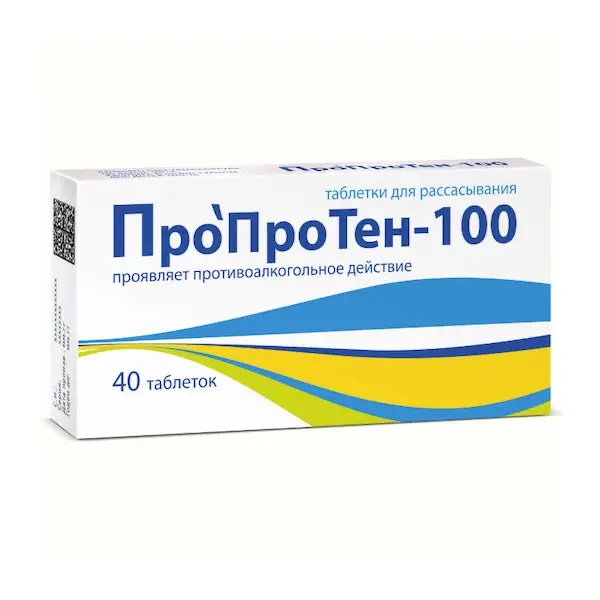Description
Naloxone Pharmacodynamics
Competitive opioid receptor antagonist. It blocks mainly mu receptors, to a lesser extent affects other opioid receptors and eliminates the effects of both endogenous opioid peptides and exogenous opioid analgesics.
Administration of Naloxone prevents, attenuates or eliminates (depending on the dose and time of administration) the effects of opioid analgesics, restores breathing, reduces sedation and euphoria, and attenuates the hypotensive effect.
Naloxone has no pronounced effect on psychomimetic effects and dysphoria caused by opioid analgesics of antagonist agonist group (pentazocine, butorphanol). It is ineffective as an antagonist of tramadol. Does not completely eliminate the effects of buprenorphine.
Naloxone provokes withdrawal syndrome in opioid-dependent patients. When administered intravenously, the action of the drug starts within the first 2 minutes; when administered intravenously or p/n d it takes a few minutes. Duration of action is 20-45 min after IV injection and 2.5-3 h after IV or p/u injection.
Indications
* Acute poisoning with opioid analgesics (morphine, promedol, fentanyl) and other drugs in the mechanism of toxic action of which there is an opioid component (methadone, pentazocine, buprenorphine, butorphanol, nalbuphine) in combination with other resuscitation measures;
* in anesthesiology to stop the effects of morphine-like analgesics during surgery under special circumstances;
* for restoration of respiration in newborns after administration of opioid analgesics to a woman in labor;
* as a diagnostic aid in patients with suspected opioid dependence (naloxone test).
Mode of administration and dosages
- Dosage of the drug and route of administration depend on the patient’s condition and the amount of opioid agonist in the body.
- When poisoning with opioid analgesics, the initial dose of Naloxone is 0.4-2 mg v/v slowly (within 2-3 minutes), v/m or p/k. In life-threatening conditions, the IV route of administration is preferred. Repeated doses may be administered after 2-5 minutes until consciousness and recovery of spontaneous breathing. If after a total dose of Naloxone 10 mg there is no recovery of consciousness and breathing, another (non-opioid) cause of poisoning should be considered.
- The initial dose for children is 5-10 mcg/kg body weight. Repeat injections of the drug are possible if necessary.
- To speed up the recovery from surgical anesthesia, Naloxone is administered in smaller doses of 100 to 200 mcg (1.5 to 3 mcg/kg) every 2-3 minutes until adequate pulmonary ventilation and awakening of the patient, but without distinct pain and discomfort. A dose greater than the minimum necessary may cause cessation of analgesia and an increase in BP, as well as other symptoms – nausea, vomiting, increased sweating, and a discirculatory crisis.
- The initial dose of Naloxone for children is 1-2 mcg/kg body weight by IV. If the desired effect is not achieved, the drug is repeatedly administered in doses of up to 100 mcg/kg of body weight every 2 minutes until spontaneous breathing and recovery of consciousness. If intravenous injection is impossible, the drug is administered v/m or p/k in fractional doses.
- For newborns, the initial dose is 10 µg/kg body weight. The administration may be repeated according to the principles of use in adults with postoperative respiratory depression against the background of the use of opioid analgesics.
- In case of respiratory depression caused by administration of opioid analgesics to the mother during perinatal anesthesia, newborns are administered Naloxone at an initial dose of 1-2 mcg/kg body weight in m/m, p/k or v/v. If the desired effect is not achieved, the drug is repeatedly administered in a dose of up to 100 mcg/kg of body weight every 2 minutes until spontaneous breathing and recovery of consciousness. Before administering the drug it is necessary to make sure that the newborn has an airway patency.
- Prophylactic intravenous administration of 200 mcg (60 mcg/kg body weight) of Naloxone is possible.
- For diagnosis of opioid dependence, 800 µg of Naloxone is administered intravenously and the patient is monitored for signs of withdrawal.

